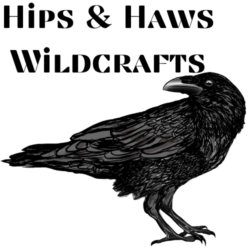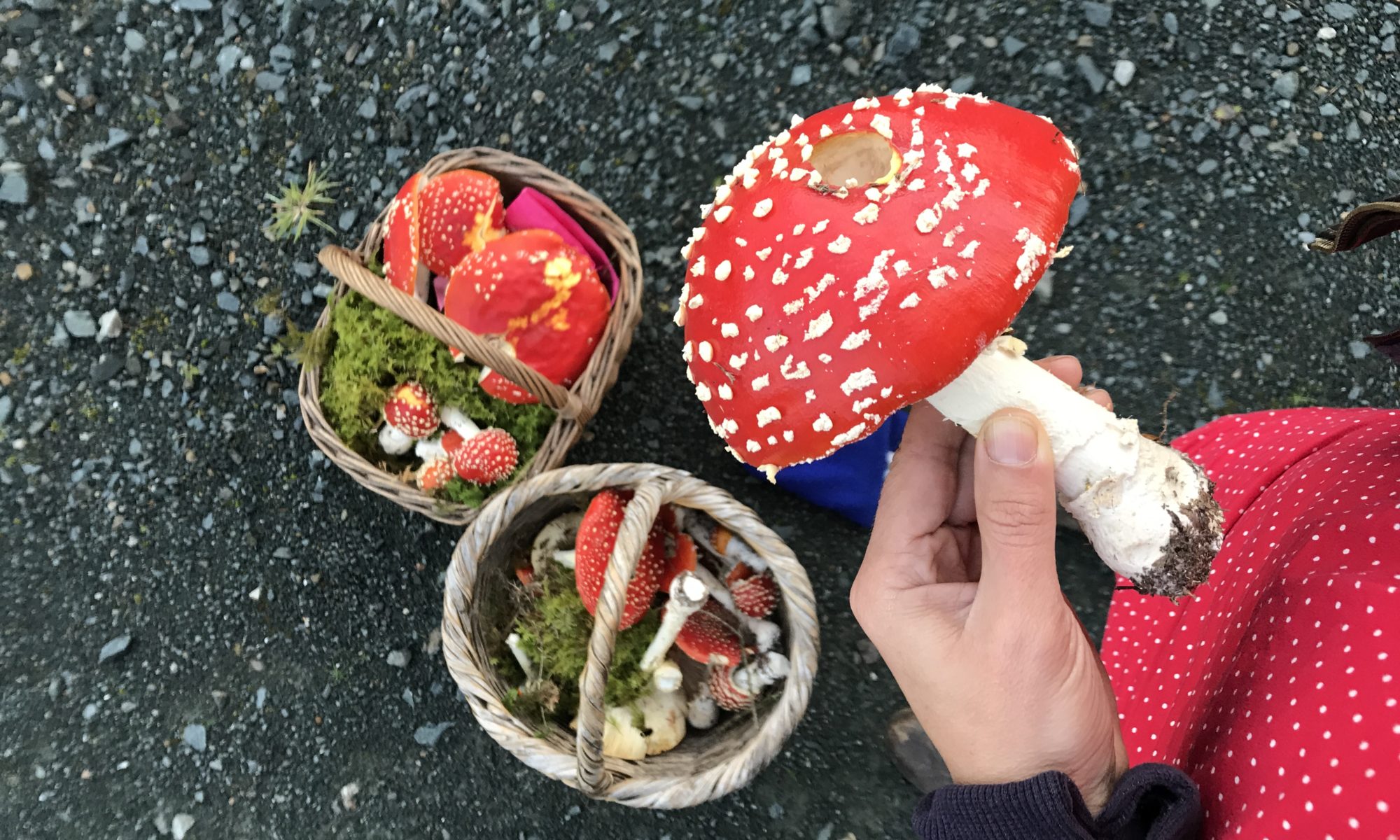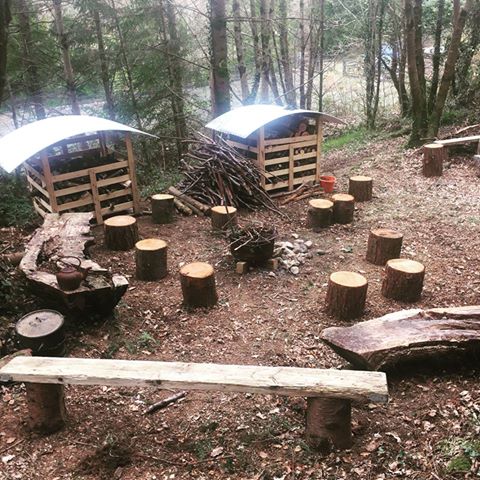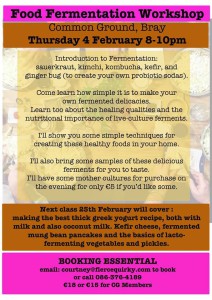FULLY BOOKED!!!
We will forage for and learn about edible, toxic and medicinal wild fungi including the hunt for the alluring Fly Agaric Amanita muscaria. This mushroom is all of these things: edible, toxic, medicinal, entheogenic and more.
I invite you for a day spent in the Wild Wicklow hills and woodlands with me to forage for mushrooms and in particular to seek out the alluring red spotted toadstool, the Fly Agaric.
__________________________________________________________
I’ve studied this mushroom in depth and am really excited to offer a day sharing the folklore, mystique, and magic of this beautiful mushroom. It has such a vivid and colourful history with its use as a mushroom that is: toxic, hallucinogenic (or rather entheogenic), medicinal and edible. How can all of these things be true?
__________________________________________________________
The Amanita muscaria, or Fly Agaric is one of the most widely recognised mushrooms in the world. It adorns children’s stories, art, fairy tales, christmas cards and decorations and many a lawn ornament. But it is so much more than this.
__________________________________________________________
I will share with you how to identify this mushroom during a foraging mushroom walk in Wicklow. We will learn how this mushroom has been used throughout history- what are facts and what are fiction in the stories we are taught about this much maligned mushroom.
__________________________________________________________
We will discuss some of the many ways this fungus is used throughout the world as medicine and food and more. Make no mistake: This mushroom comes from the family of some of the most deadly mushrooms. Very importantly we will learn the clear parameters of what is safe and what is not when foraging for wild food and in particular for wild fungi.
__________________________________________________________
*Please note: We will be seeing, touching, smelling, identifying, discussing, learning and appreciating this beautiful red and white toadstool. It is true that this is not a beginner’s edible mushroom. But we will learn fact from fiction and you will go home much empowered with new knowledge.
__________________________________________________________
You must dress appropriately for a day spent outdoors, hiking boots are helpful. You must be physically fit for a day spent wandering the wilderness with hills and uneven ground. Please bring a packed lunch and snacks. And a foraging basket (if you have one).
__________________________________________________________
Comprehensive notes, links and recipes are included with information we have covered on the day along with a list of book recommendations.
__________________________________________________________
***Wild food tasters and my medicinal mushroom and acorn drink are provided on this walk.
__________________________________________________________
How much: €75 Early bird/ €90 Full Price
Early bird tickets are €75 per person until the 25th September and after that will be full price at €90 per person.
__________________________________________________________
This event will run from 1100-1530 and will be limited to an intimate group size.
_________________________________________________________
Bookings for all of my events will close 2 weeks before the event takes place. In this case, the event will close to all new bookings on the 23 October 2021.
I will be in touch with you before the event takes place to share the location with those that have booked their place.
__________________________________________________________
I also offer shorter events in mushroom foraging from €30 for a shorter intensive 2 hour session if this might interest you more, please see my other events.
__________________________________________________________
Here is a link to a podcast with Robin Harford after our last event:
https://www.eatweeds.co.uk/ep32?fbclid=IwAR2g9N17GLqp0fPCwCBYxxPIK0KCU9SRbodS9E0rWFQghS6JThabLp8i5o0
__________________________________________________________
Here’s another podcast with me speaking about this incredible mushroom with Manchan Magan on RTÉ:
https://podcast.rasset.ie/podcasts/audio/2020/0909/20200909_rteradio1-almanacireland-toadstool_c21832393_21833271_232_.mp3
__________________________________________________________
About me: I am Courtney Tyler. I live in County Wicklow, happiest surrounded by trees and observing the changing seasons. I am a keen forager and spend much time wandering the hedgerows and forests for wild local food to preserve as food or medicine or to add to my fermented food and drinks.
I am a proud member of The Association of Foragers. I am not a mushroom expert nor a mycologist. However I have safely foraged for and consumed about 75 wild mushrooms as food or medicine. I can identify many toxic or deadly fungi and show you what to be careful of. I have processed wild plants and fungi into herbal tinctures, teas and salves. I am passionate about the learning process and am able to clearly communicate what i know and the passion I feel for the hard won knowledge and experience that I have acquired.
I tend to dive head-long into the things that interest me and I am largely self-taught, however I also have had many teachers and many who inspire me greatly. It is not unusual for me to fall asleep each night with a mushroom book in hand. (Don’t ask me how many mushroom books I have!!)
I have just completed some training provided by Wicklow Partnership and Leader funding for a Forest Bathing Certification and plan to share some of this practice on my walks as a stand alone practice or also to compliment the wild food and foraging walks.
__________________________________________________________
You can follow me on:
Facebook at Hips and Haws Wildcrafts or on
Instagram at hipsandhawswildcrafts












